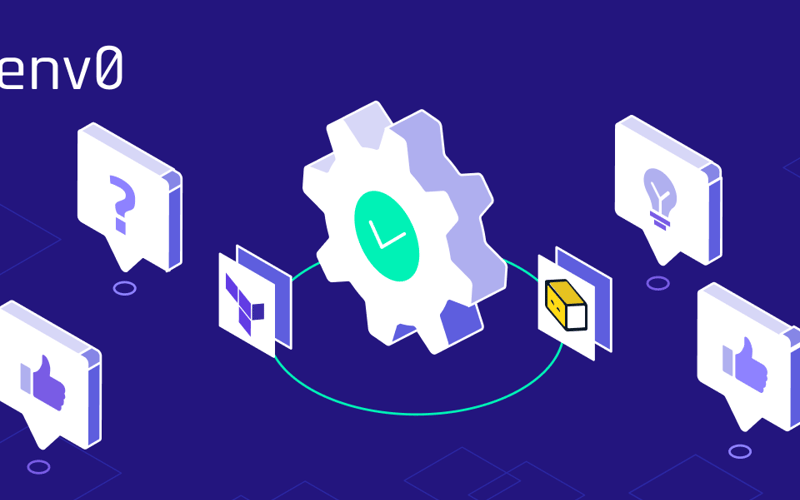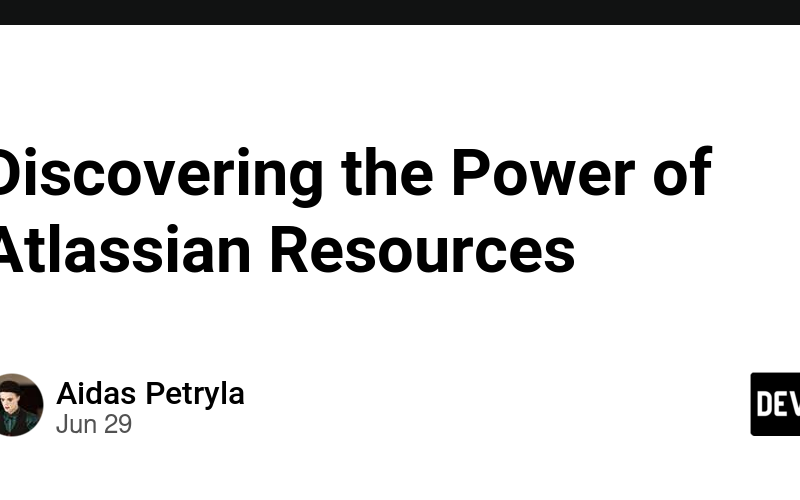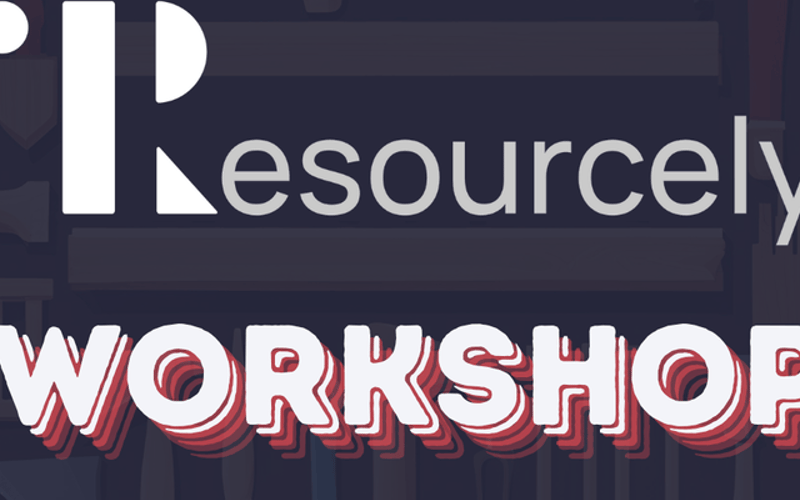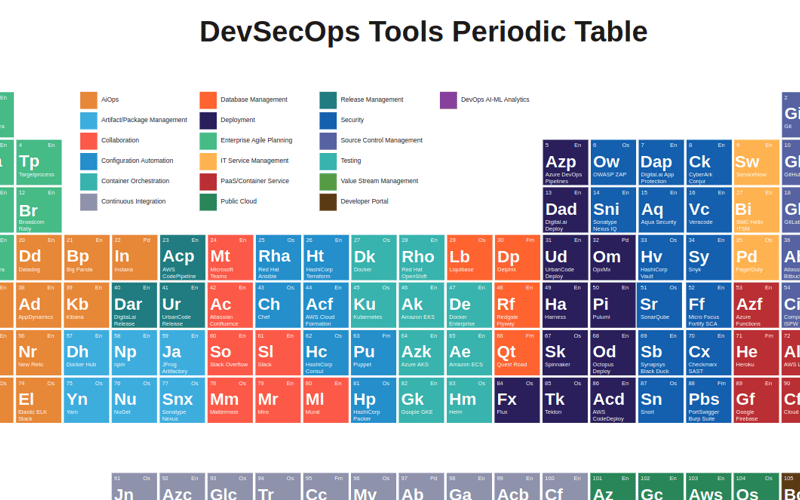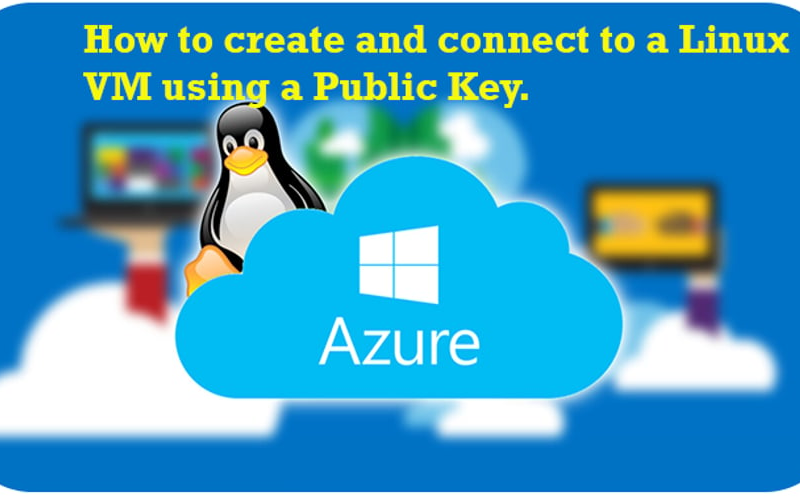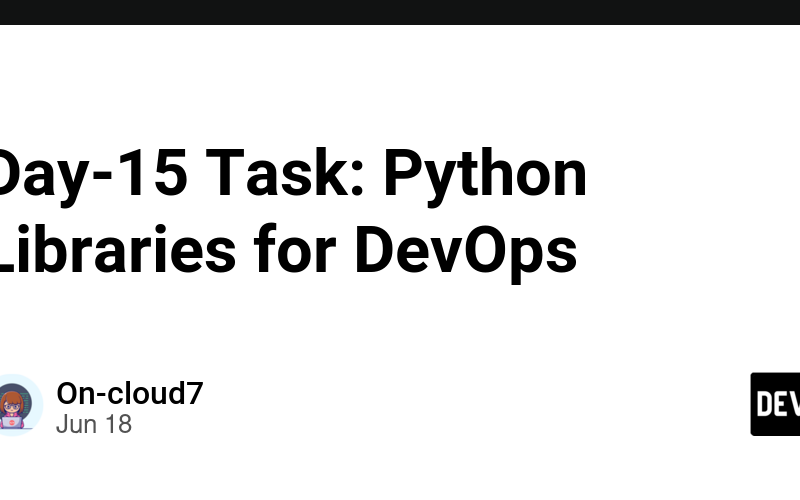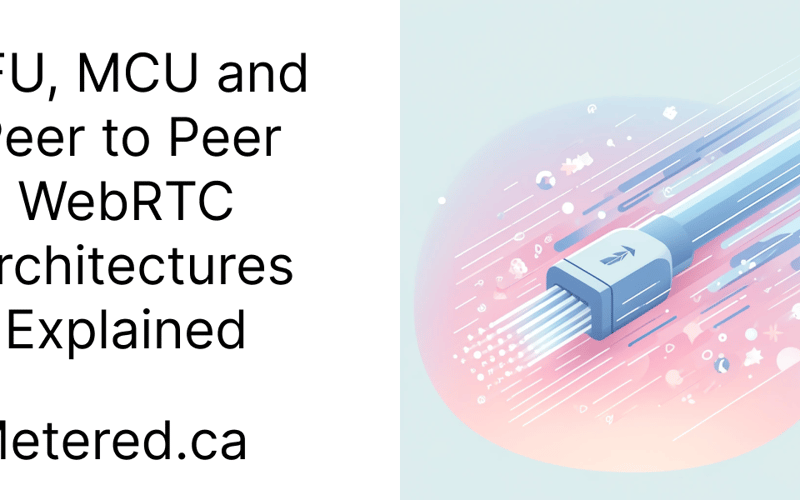02
Jul
What is Terraform Validate The validate command helps you make sure your Terraform (or OpenTofu) code is syntactically correct before you deploy. This helps you to prevent misconfiguration due to missing attributes or incorrect dependencies, saving time, improving efficiency, and reducing cost. Under the hood, terraform validate performs these actions: Validates that the syntax of the terraform files is correct - For example, if you want to use the terraform ternary function in your code and provide the incorrect syntax halfway, terraform can capture it and help you fix it. Verifies the consistency of the terraform configuration -For instance, whether…

